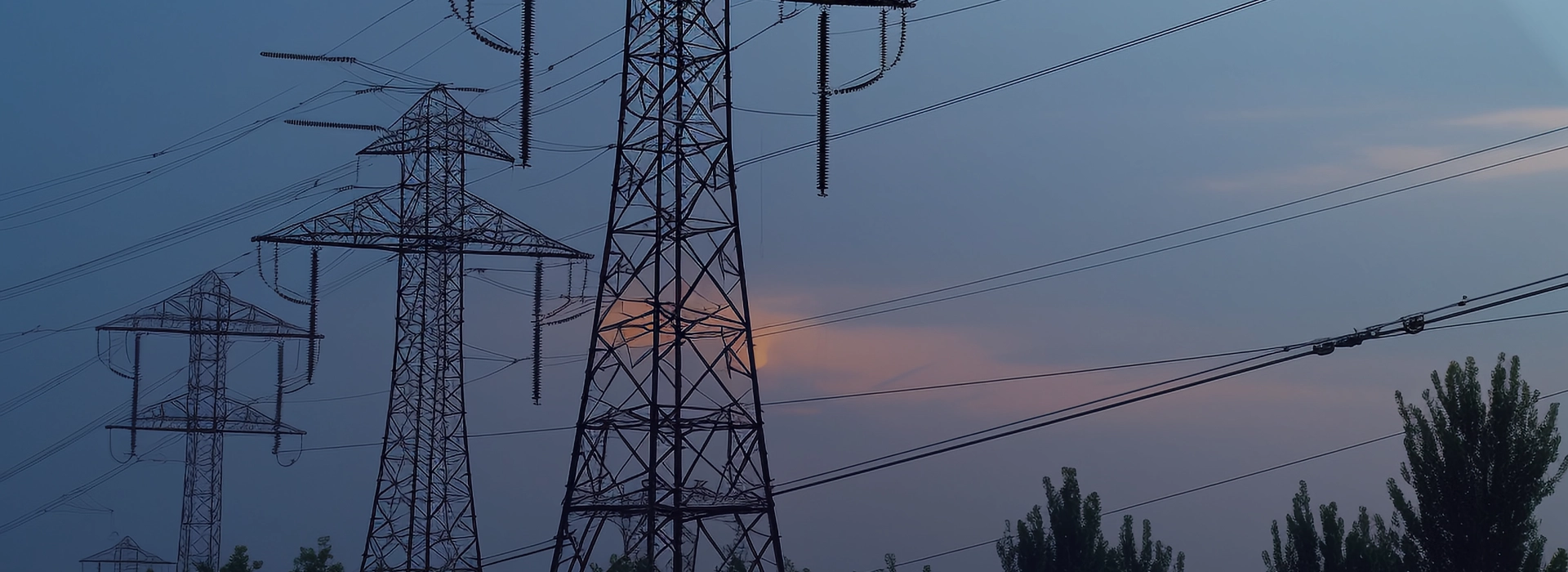Introduction
Aerial Bundle Cables (ABC) have revolutionized modern electrical distribution systems, offering superior safety, reliability, and cost-efficiency compared to traditional bare conductor overhead lines. Widely adopted in urban, suburban, and rural power networks, ABC systems minimize faults, reduce maintenance costs, and enhance operational efficiency.
This comprehensive guide explores key factors influencing ABC pricing, available cable types, and best procurement practices—with insights on sourcing high-quality cables from leading manufacturers like Shuobang Cable.
Understanding Aerial Bundle Cables (ABC)
What is Aerial Bundle Cable (ABC)?
ABC is an insulated overhead power line consisting of multiple conductors bundled together, providing a safer and more organized alternative to bare-wire systems. Its key advantages include:
✔ Enhanced safety (reduced risk of electrocution and short circuits)
✔ Lower maintenance (resistance to weather, corrosion, and accidental contact)
✔ Improved reliability (minimized power outages due to faults)
ABC is particularly beneficial in:
Urban areas with dense infrastructure
Forests and hilly terrains
Regions prone to extreme weather
Types of Aerial Bundle Cables
Type Voltage Range Applications
Low Voltage (LV) ABC Up to 1 kV Residential power, street lighting, small distribution networks
Medium Voltage (MV) ABC 6 kV – 36 kV Primary & secondary distribution in rural/semi-urban areas
High Voltage ABC Above 36 kV Major transmission networks
Key Factors Affecting ABC Prices
1. Material Costs
Aluminum vs. Copper: ABC primarily uses aluminum conductors (cost-effective & lightweight).
Price fluctuations: Global aluminum prices vary based on mining output, demand, and geopolitical factors.
2. Insulation & Sheathing
Material Pros Cons Price Impact
XLPE (Cross-linked Polyethylene) High thermal resistance, durable More expensive Increases cost
PVC (Polyvinyl Chloride) Cost-effective, flexible Lower heat resistance More affordable
3. Cable Specifications
Conductor size (larger cross-sections = higher cost)
Number of cores (4-core ABC is pricier than 2-core)
4. Compliance & Certifications
Cables meeting IEC, ISO, or BS standards may cost more but ensure:
✔ Higher safety
✔ Longer lifespan
✔ Better performance
5. Manufacturing & Logistics
Labor costs (varies by country)
Shipping & import duties (affect final price)
6. Market Demand
Infrastructure projects boost demand, increasing prices.
Seasonal trends (e.g., higher demand in summer due to construction peaks).
How to Buy ABC Cables from China (Step-by-Step Guide)
Step 1: Define Your Requirements
Voltage level (LV/MV/HV)
Conductor size (e.g., 70mm², 95mm²)
Insulation type (XLPE/PVC)
Quantity & delivery timeline
Step 2: Research Reliable Suppliers
✔ Look for ISO-certified manufacturers (e.g., Shuobang Cable).
✔ Check customer reviews & past project references.
Step 3: Request & Compare Quotes
Obtain detailed quotations (including specs, MOQ, Incoterms).
Compare price per meter, lead time, and payment terms.
Step 4: Verify Quality
Ask for test reports (IEC 60502, IEC 61089).
Request product samples before bulk orders.
Step 5: Negotiate Terms
Discuss bulk discounts for large orders.
Clarify warranty & after-sales support.
Step 6: Finalize Purchase & Logistics
Confirm packaging & shipping details.
Ensure proper documentation (certificates, invoices).
Conclusion
Understanding ABC pricing factors—material costs, insulation type, certifications, and supplier reliability—helps buyers make cost-effective decisions. Partnering with reputable manufacturers like Shuobang Cable ensures high-quality, durable ABC systems for long-term power distribution efficiency.
Pro Tip: Always prioritize quality over cost to avoid future maintenance issues and ensure compliance with international standards.


